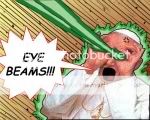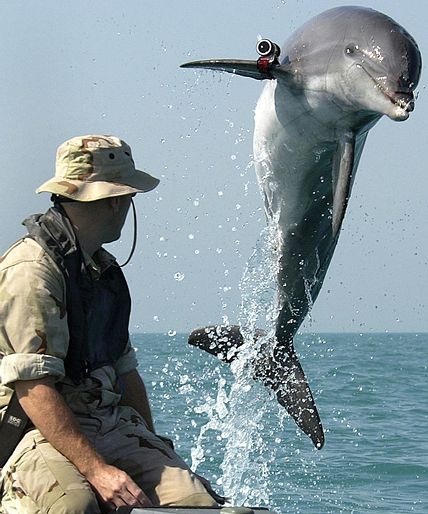Fossil Hunters Make Rare Find in Basement from ReutersWASHINGTON -

A toothless, two-legged crocodile ancestor that walked upright and had a beak instead of teeth was discovered in the basement of New York's American Museum of Natural History, according to a report published on Wednesday.
The 210 million-year-old fossil had sat in storage at the museum for nearly 60 years and was found only by accident, the paleontologists said.
It was discovered in blocks of rock from the Ghost Ranch Quarry that were excavated in 1947 and 1948. Scientists thought that all the specimens were Coelophysis, a small, carnivorous dinosaur that lived at the same time.
Norell and graduate student Sterling Nesbitt were looking for Coelophysis fossils when they opened a plaster cast containing the archosaur, which they have named
Effigia okeeffeae. The name recalls both the ranch and painter Georgia O'Keefe, who had an interest in the quarry.
The animal is interesting because it closely resembles a completely unrelated dinosaur called an ostrich dinosaur that lived 80 million years later, they report in the
Proceedings of the Royal Society B, a British science journal.
"A lot of people, from seeing
Jurassic Park know what an ostrich dinosaur looked like," said museum curator Mark Norell. "This is a case of convergence with the ostrich dinosaur. It evolved more than once."
The six-foot-long fossil is an archosaur, an extinct type of animal that includes the ancestors of dinosaurs, crocodilians, and birds.

It lived in what is now New Mexico, in the southwestern United States.
Effigia is closely related to an ancient group of reptiles called crocodilians, which includes today's crocodiles and alligators. It was not a dinosaur.
Like other crocodilians of the time, it had a large eye, the researchers said. Its skull and skeleton were very similar to those of ostrich dinosaurs, with a beak, a long tail, and two-legged stance. Its ankle, however, shows its relationship to crocodilians. "There are still a lot of big questions about what they would have eaten," Norell said.
Searching the storage rooms of museums often turns up treasures such as these, Norell said. "Museums like ours are giant libraries of stuff."







 A palm reader who claimed he could reunite a woman with her ex-boyfriend using paranormal phenomena denied charges of deception at an English court.
A palm reader who claimed he could reunite a woman with her ex-boyfriend using paranormal phenomena denied charges of deception at an English court. 



 scientists watched in terror as a giant octopus attacked their tiny submarine in the Pacific Ocean - and the whole
scientists watched in terror as a giant octopus attacked their tiny submarine in the Pacific Ocean - and the whole 

 notorious vampire woman of Odessa has been arrested again...and this time, cops say she's working for a
notorious vampire woman of Odessa has been arrested again...and this time, cops say she's working for a  Satanists made out of black magic."
Satanists made out of black magic." has been released showing the 38-year-old French woman who became the world's first facial transplant recipient.
has been released showing the 38-year-old French woman who became the world's first facial transplant recipient. 

 , stories, and themes have invaded America’s entertainment choices - from movies (such as Underworld, The Sixth Sense, The Exorcism of Emily Rose), to television programs (Buffy the Vampire Slayer, Ghost Whisperer), to books (Harry Potter, Goosebumps) and video games (Doom, The Darkness)."
, stories, and themes have invaded America’s entertainment choices - from movies (such as Underworld, The Sixth Sense, The Exorcism of Emily Rose), to television programs (Buffy the Vampire Slayer, Ghost Whisperer), to books (Harry Potter, Goosebumps) and video games (Doom, The Darkness)." Dracula, Edgar Allen Poe, Francesco Goya, the Brothers Grimm, The Hunchback of Notre Dame), supernatural and macabre themes have always wildly popular.
Dracula, Edgar Allen Poe, Francesco Goya, the Brothers Grimm, The Hunchback of Notre Dame), supernatural and macabre themes have always wildly popular.

 A toothless, two-legged crocodile ancestor that walked upright and had a beak instead of teeth was discovered in the basement of New York's American Museum of Natural History, according to a report published on Wednesday.
A toothless, two-legged crocodile ancestor that walked upright and had a beak instead of teeth was discovered in the basement of New York's American Museum of Natural History, according to a report published on Wednesday. It lived in what is now New Mexico, in the southwestern United States.
It lived in what is now New Mexico, in the southwestern United States.
 plans to send two teams of scientists to scour its southern rainforests and track down a huge ape said to have been spotted there, a government official said Friday.
plans to send two teams of scientists to scour its southern rainforests and track down a huge ape said to have been spotted there, a government official said Friday. 
 across the world have featured mysterious and reclusive animals such as the north American sasquatch or the Himalayan yeti, whose existence has never been proved, but the Malaysian sightings are worth investigating, an environmentalist said.
across the world have featured mysterious and reclusive animals such as the north American sasquatch or the Himalayan yeti, whose existence has never been proved, but the Malaysian sightings are worth investigating, an environmentalist said.
 Police found a stun gun and tear gas Friday at the Tokyo home of a
Police found a stun gun and tear gas Friday at the Tokyo home of a 


 confirmed X3 will now have a The Last Stand subtitle (like X-Men United was for X2), and despite Vinnie Jones's comments about further films - "[X3] is the conclusion of this trilogy. These three movies work as a trilogy. These characters in this relationship, it's the culminaton of that saga...That doesn't mean never, I would never say never again but I will say that this brings that saga to an end... It goes all the way back to the first one and rounds off and completes that three part story." He confirmed the Wolverine and Magneto projects are still in development.
confirmed X3 will now have a The Last Stand subtitle (like X-Men United was for X2), and despite Vinnie Jones's comments about further films - "[X3] is the conclusion of this trilogy. These three movies work as a trilogy. These characters in this relationship, it's the culminaton of that saga...That doesn't mean never, I would never say never again but I will say that this brings that saga to an end... It goes all the way back to the first one and rounds off and completes that three part story." He confirmed the Wolverine and Magneto projects are still in development.
 rotting remains of a
rotting remains of a 

 robotic era got delayed once again today as Sony announced it was killing its consumer-robots work.
robotic era got delayed once again today as Sony announced it was killing its consumer-robots work. , intelligently use short- and long-term memory, and even automatically write and update a photoblog.
, intelligently use short- and long-term memory, and even automatically write and update a photoblog.


 Nagoya-based agency is also offering the services of Ifbot, an elderly-care robot that chats and poses riddles and arithmetical problems to train the brain and help avoid dementia. Spaceman-like Ifbot, which also quizzes people about their health, is aimed at hospitals and old peoples' homes.
Nagoya-based agency is also offering the services of Ifbot, an elderly-care robot that chats and poses riddles and arithmetical problems to train the brain and help avoid dementia. Spaceman-like Ifbot, which also quizzes people about their health, is aimed at hospitals and old peoples' homes. do.
do.
 knife-wielding Spiderman tried to
knife-wielding Spiderman tried to  couple pinned the Spiderman to the floor and held him there until police arrived.
couple pinned the Spiderman to the floor and held him there until police arrived.

 have friends and aren't a total outcast)
have friends and aren't a total outcast) weeks ago the world was shocked by the discovery of a
weeks ago the world was shocked by the discovery of a  90 MPH.
90 MPH.
 what the Great Conjunction is. 'What's the Great Conjunction?'
what the Great Conjunction is. 'What's the Great Conjunction?' 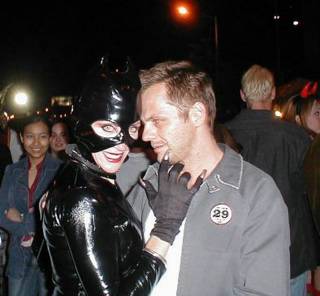





 A Is for Androids
A Is for Androids B Is for Boba
B Is for Boba C Is for Calvin
C Is for Calvin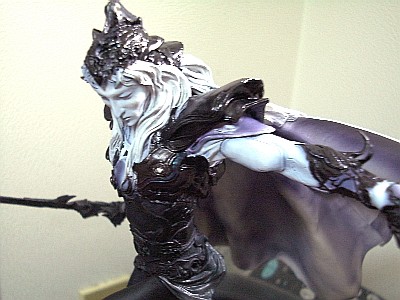 E Is for Elric
E Is for Elric F Is for Futures
F Is for Futures G Is for Genie
G Is for Genie H Is for Hobbits
H Is for Hobbits I Is for Iceman
I Is for Iceman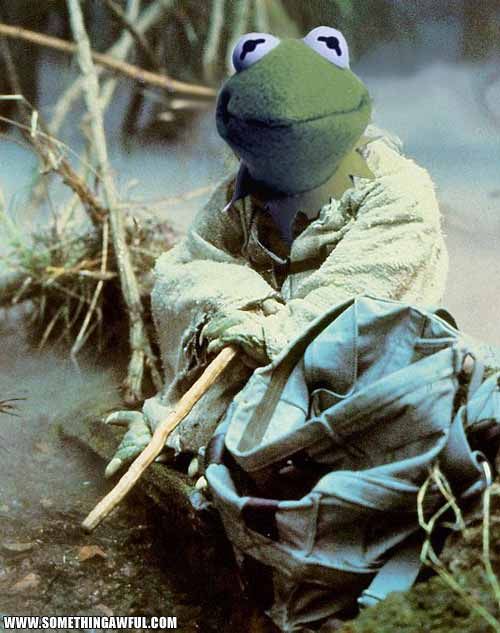 J Is for Jedi
J Is for Jedi K Is for Kraken
K Is for Kraken



















